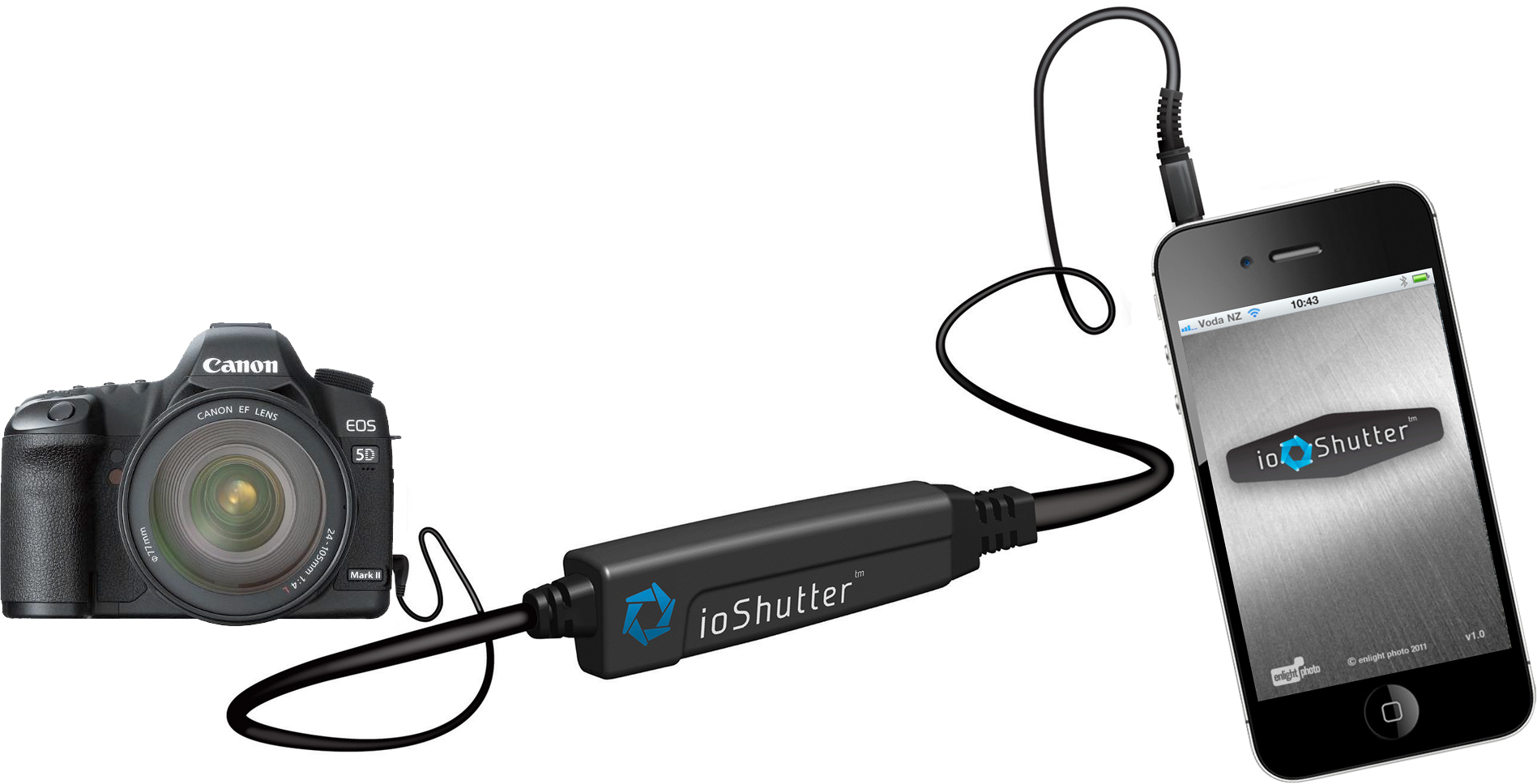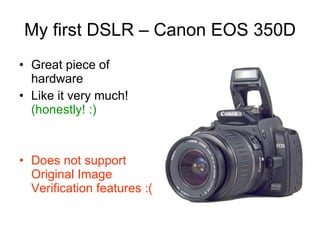

1- Take out the strap, battery, rubber eye cup and CF card, put a body cap on to keep your mirror box clean. This is not very hard, you just have to play by rules and follow several steps. However, we don't have to deal with the mainboard, so don't strip your camera to barebones like he did. Check out his site for an alternative take on disassembling. REFERENCE: There are few places where I borrowed wording from Gary Honis's excellent instructions on Canon EOS 300D IR filter removal. I am not responsible for any of these above if you experience a problem. This hack may render your camera totally useless, so if you brick it don't blame me, but put it on ebay for parts (others will like this). Also involves exposing flash circuitry, if you are careless you may experience a high-voltage electric shock even when the battery is out (which I did briefly). DISCLAIMER: Like all other hacks, this will void your warranty (I don't know if there are any 300D left with warranty anyway). AF confirm chip is a tiny pic chip and can be affected from static discharge easily, so be careful while you are working with it. There are live circuitry in it and you may accidentally short it - burning out some fuses (I'll write another instructable about fixing those, later). You need: - One AF confirm activating chip for Canon EF mount (ebay keywords: Canon AF confirm chip) - A tiny switch (if you want disabling functionality) - Thin wires - Epoxy (optional) - Philips 0 and flat screwdriver - Soldering iron and solder - Self adhesive tape/ribbon Do not put the battery in the camera when it is disassembled, even if you have it in off position. This hack requires some disassembling and soldering skills. In this hack we'll permanently embed one of these PIC chips in the camera. Some clever chaps cracked the code and embedded it in a tiny PIC chip and slapped those on Canon EF adapters for manual lenses. The lens communicates its focal length and aperture values and the camera activates AF after confirming these.


However, Canon EOS auto-focus system needs a lens to speak to itself to work. These are vastly available on the net for purchase (ebay). Canon EF mount has a register distance which lets us use Olympus OM, Pentax M42 and K-mounts, Leica R, and Contax mounts with proper adapter rings. Well, right, you can do this easily by using various chipped adapters for several lens mounts - but how about permanently modifying your camera to do the same and avoid paying extra for multiple adapters? I love my 300D but I don't own any EF/S lenses, all my arsenal is from 1980s, gorgeous manual focus lenses from Olympus and Carl Zeiss.


 0 kommentar(er)
0 kommentar(er)
